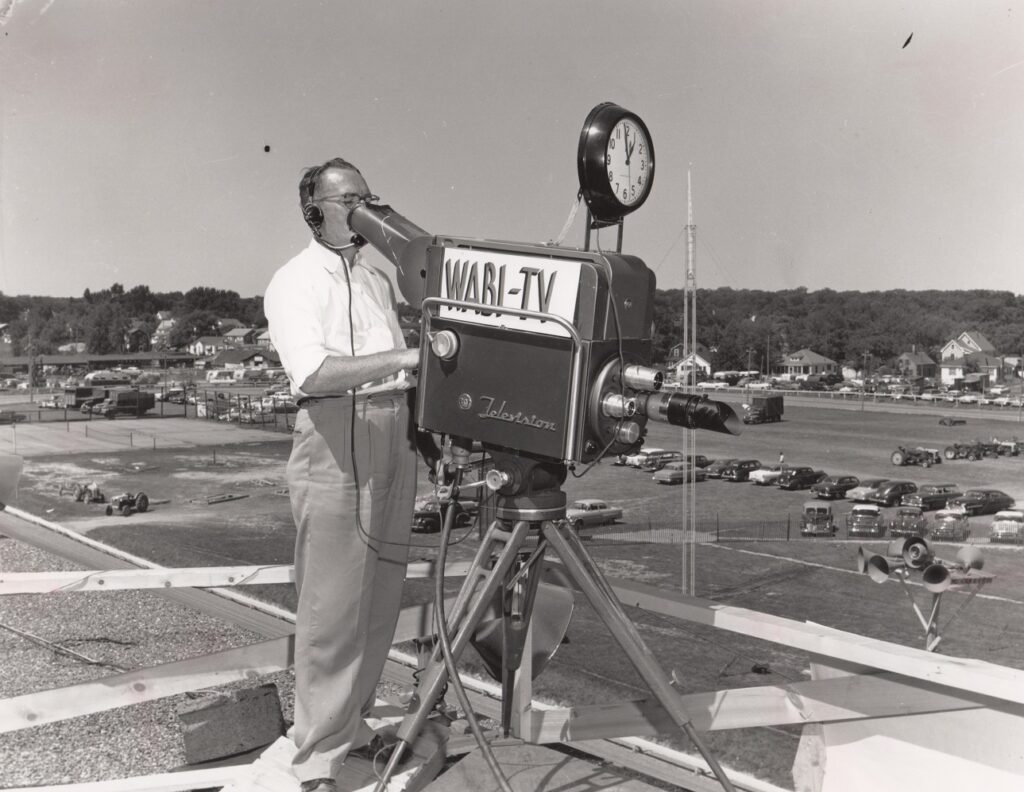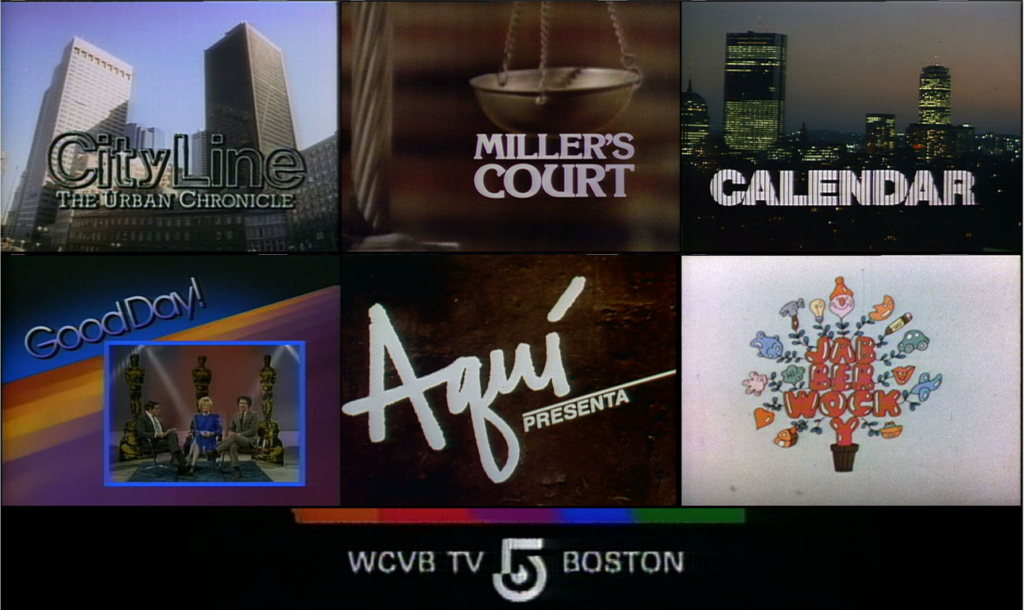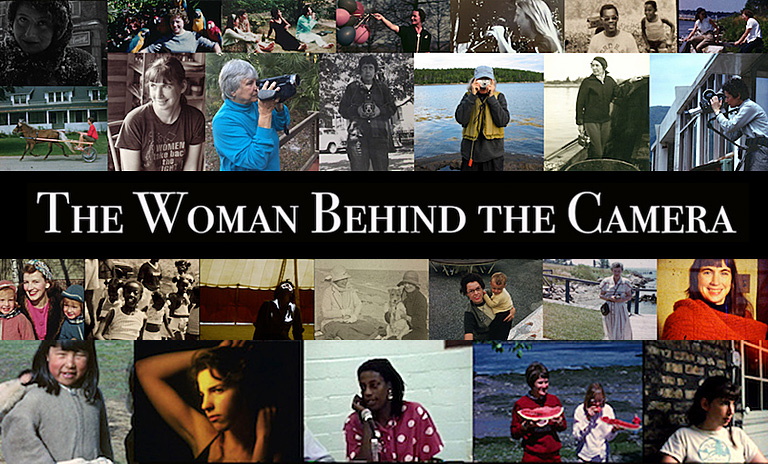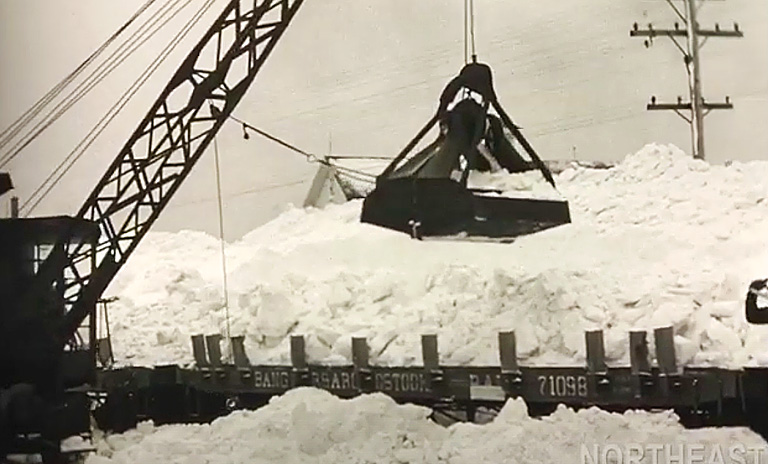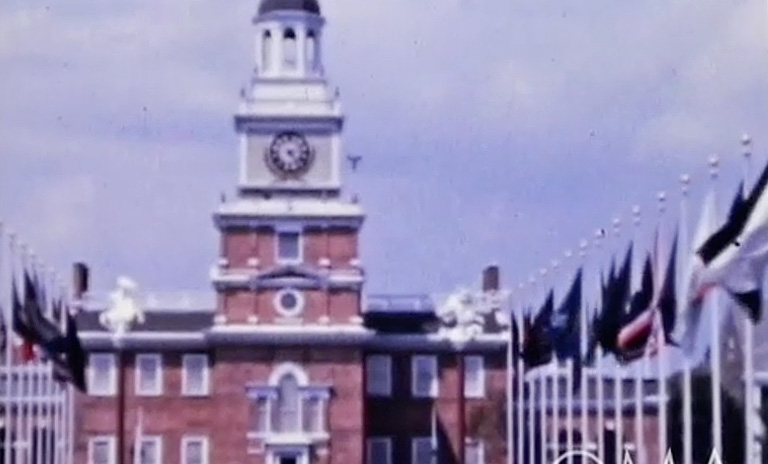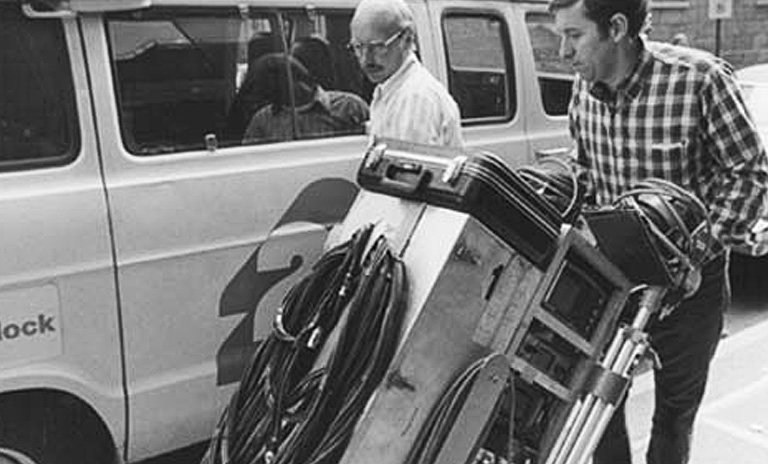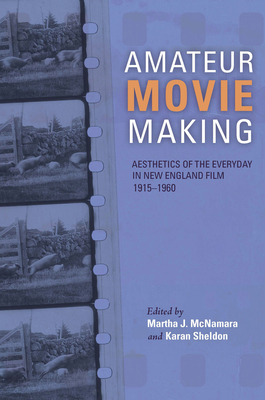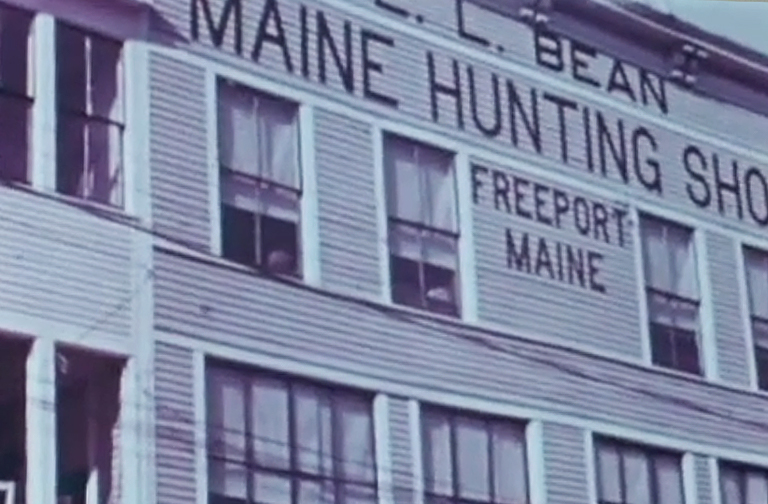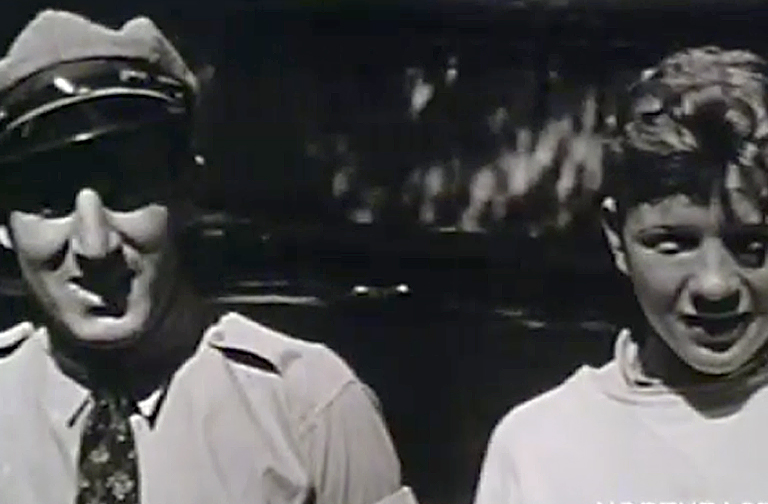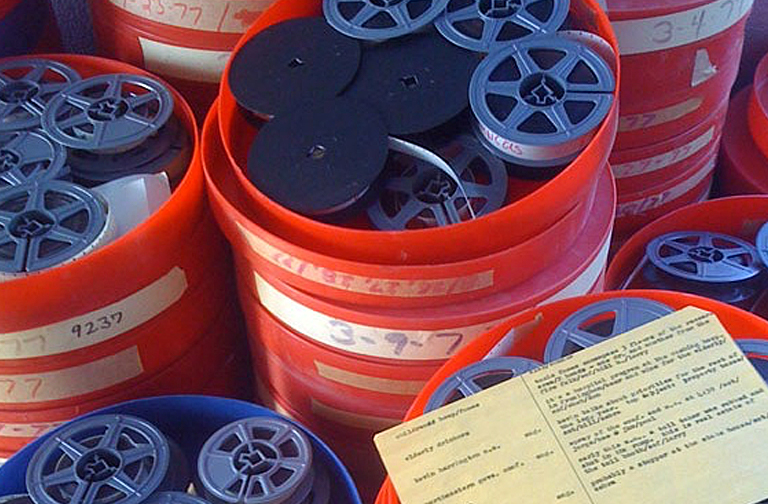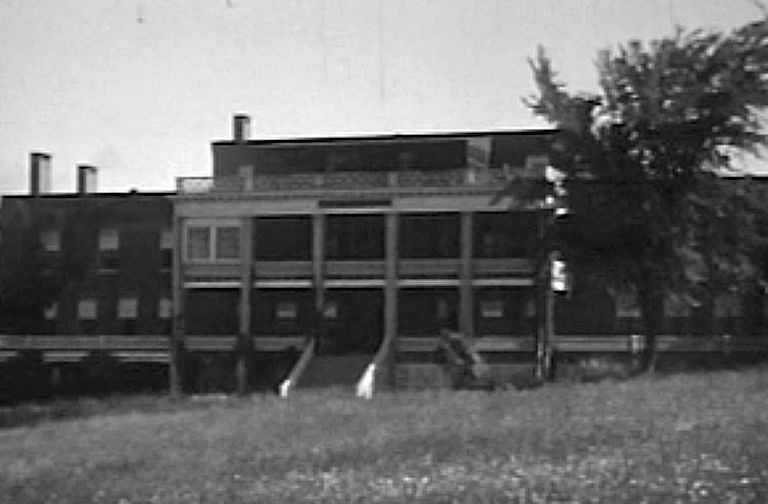Projects
SEE WHAT WE’RE WORKING ON
WCVB TV in Boston, MA launched in 1972 with a goal of redefining the conventional wisdom of what a television station could do. By the end of the decade they were originating 60 hours of programming a week, more than twice that of any other station. Through this project records for more than 4,000 items and 2,400 videos were added to our website.
Home movies and amatuer film and video made by women during the 20th century from the collections of Northeast Historic Film, Lesbian Home Movie Project, and Chicago Film Archives
For over 100 years people have been taking movies in the Western Mountains Region of Maine, but many of them have rarely been seen. Home movies, newsreels, company films, and television news stories have all come and gone. This playlist contains a sampling of eighty of these videos, but there are over 450 items listed in our database. This project was made possible by the Betterment Fund.
New York World’s Fair (1939-1940) and amateur filmmaking during that era described by Northeast Historic Film, the Queens Museum of Art, and the L. Jeffrey Selznick School of Film Preservation at George Eastman House International Museum of Photography and Film.
WCVB-TV Boston, a collection at Northeast Historic Film, with archival TV collections at WGBH, the Boston Public Library, and Cambridge Community Television. A shared catalog of 40 years of local television reflecting broadcast practices and issues of the day.
Companion clips to the book. Moving image works discussed in the anthology may be viewed here, organized by essay.
Starting in 2012, we really got serious about sharing edited video selections in a social media campaign. Clips were posted each week on Facebook for six months by an outside media specialist. Then the clips were moved to our Vimeo page. As time went on, Karan Sheldon took on Instagram and things really took off.
Social Media is a fantastic way to get to know us and to see some fantastic films and clips.
Please Like/Friend/Follow us.
X (Formerly Twitter)
Language Keepers addresses a central dilemma in endangered language work: the decline and loss of public group discourse. When a language is no longer spoken in groups outside the family or in public, it cannot be effectively passed on or documented. The loss of public speaking is a serious symptom of language endangerment.
Read More at https://pmportal.org/about-language-keepers
Work by men and women in northern New England agricultural environments, traditional and modernizing industries, and early twentieth century urban situations. Fifty collections were described in 2010 by a team including media catalogers and interns. A great example is the Charles B. Hinds Collection.
The first online resource in the U.S. offering a city’s commercial, noncommercial, and community cable TV news heritage to educators and the public, the project is a partnership between NHF, Cambridge Community Television, the Boston Public Library, with the WGBH Media Library and Archives as the lead organization. We received a National Leadership Grant of $487,681 from the Institute of Museum and Library Services.
Read More at https://bostonlocaltv.org/
Maine Historical Society’s Maine Memory Network offers 22 NHF clips, which are included in the database of 12,000 items from 200 organizational partners. For example, a clip of the Western Maine Sanatorium (1934), from our Hackett Collection is indexed with these Library of Congress Subject headings, linking the digital video clip to other items in the database–including photos and documents.
Finding and Using Moving Images in Context was an NEH Digital Humanities Start-Up project, experimented with contextualizing unedited material from some our collections. Full reels and shorter excerpts were featured through the Windows on Maine project, University of Maine.

